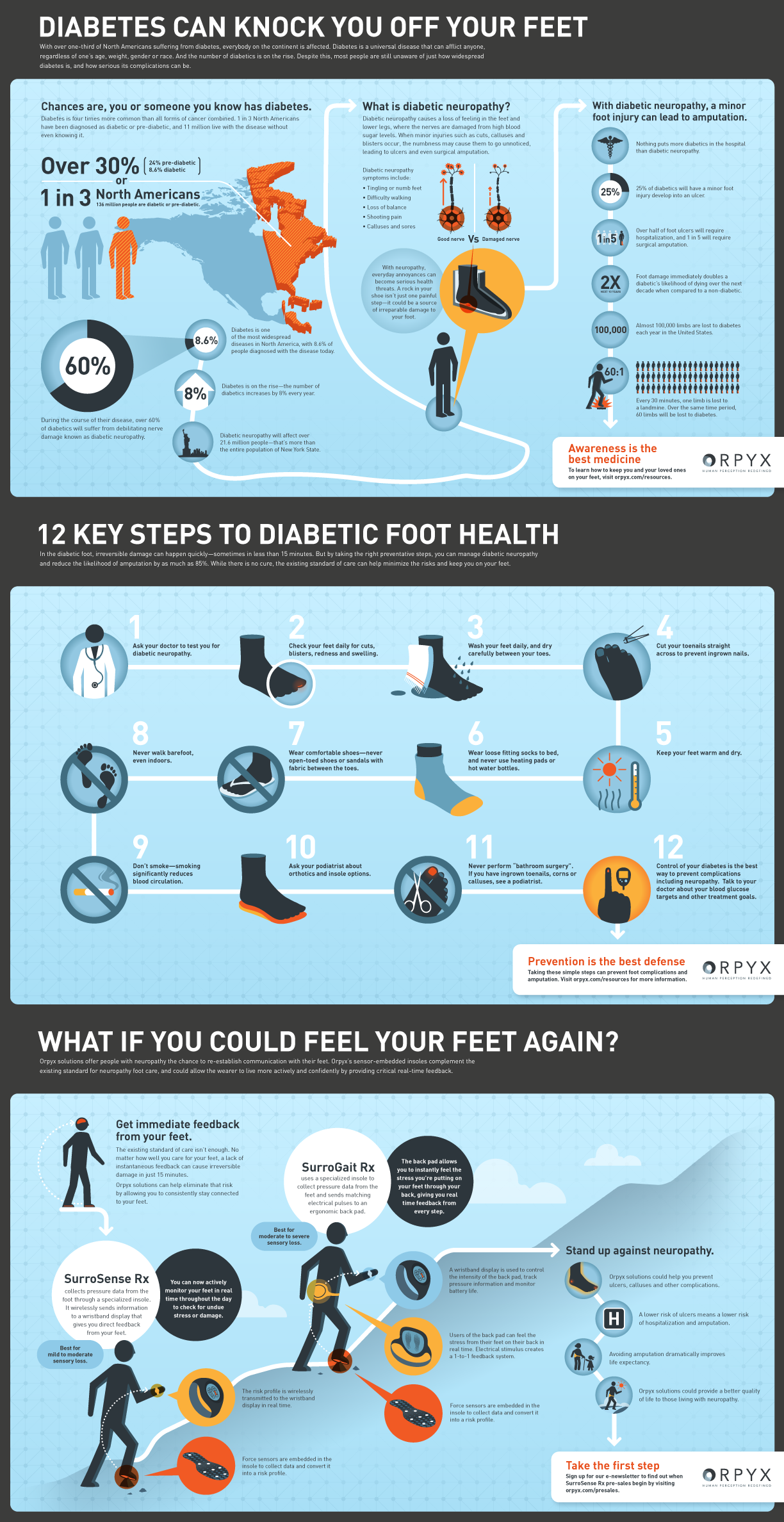Peripheral neuropathy may be more common in patients with prediabetes than previously thought, and early interventions may be warranted in this patient population, according to researchers from the University of Utah.
Currently, 86 million adults, more than one in three U.S. adults, have prediabetes, according to CDC estimates. Without weight loss and moderate physical activity, 15% to 30% of these people will develop full-blown type 2 diabetes within 5 years.1
These numbers emphasize the urgent need to treat and prevent the subsequent complications, including neuropathy, associated with prediabetes.
Fortunately, researchers are on their way to learning more about the relationship between prediabetes and peripheral neuropathy.
“We know now a lot more than we did 3 or 5 years ago about neuropathic pain in patients with prediabetes. Neuropathy affects patients with prediabetes in a continuum,” said J. Rob Singleton, MD, who is a professor of neurology at the University of Utah in Salt Lake City. “We think it is more obesity and dysfunction of lipids that is causing the problem.”
Singleton and his team have been studying peripheral neuropathy associated with early diabetes and metabolic syndrome as well as what treatments may work best. Through their research, they have found that many patients with metabolic syndrome have prediabetes and peripheral neuropathy. Therefore, a multi-pronged approach to managing these patients is essential.
“We have shown that, in prediabetics with neuropathic pain, exercise reduces neuropathic pain and increases the intradermal nerve fibers in the thigh and ankle. We are in the process now of replicating that study,” Singleton said in an interview with Endocrinology Advisor. “You need to improve lipid function and glucose levels. So, lifestyle issues have to be addressed.”
Relationship Between Peripheral Neuropathy, Prediabetes
Although many questions remain, new studies evaluating the link between prediabetes and peripheral neuropathy are filling in some of the gaps in knowledge.
In a study recently published in Diabetes Care, C. Christine Lee, PhD, of the University of Toronto, and colleagues reported that prediabetes was associated with similar risks for peripheral neuropathy and severity of nerve dysfunction as new-onset diabetes. They also found an independent association between prediabetes and both peripheral neuropathy and severity of nerve dysfunction.2
While the exact mechanisms behind these associations are unclear, a growing body of evidence suggests that peripheral neuropathy begins in the early stages of diabetes pathogenesis, the researchers noted.
To study this further, they also examined the prevalence of peripheral neuropathy and nerve dysfunction according to glucose tolerance and metabolic syndrome status as well as how these conditions are associated with neurological changes in adults at risk for type 2 diabetes.
Lee and colleagues analyzed data on 467 individuals from the longitudinal PROMISE (Prospective Metabolism and Islet Cell Evaluation) study. The researchers found that the prevalence of peripheral neuropathy was 29% in adults with normal glycemia, as compared with 49% in adults with prediabetes and 50% in adults with new-onset diabetes.
For the study, the researchers defined peripheral neuropathy using the Michigan Neuropathy Screening Instrument (MNSI) scores (>2). They then measured the severity of nerve dysfunction objectively by vibration perception thresholds (VPTs) using a neurothesiometer.

